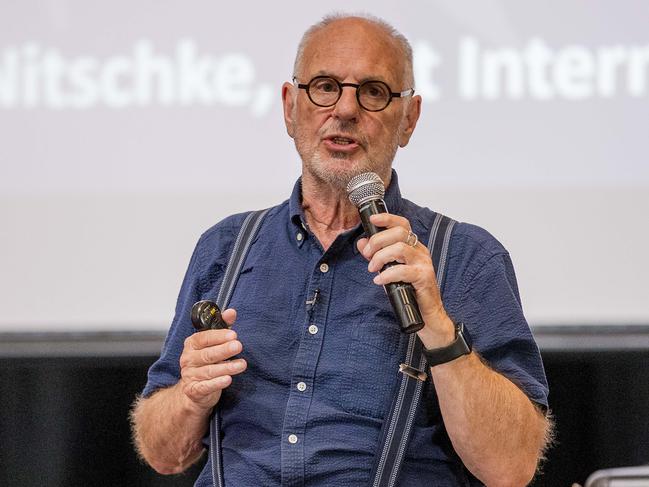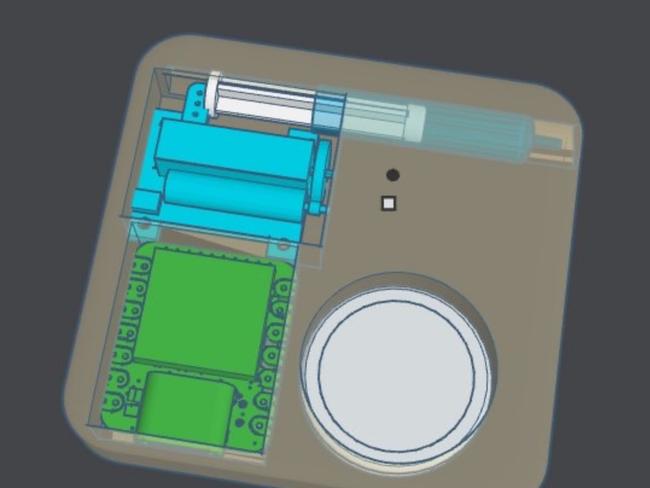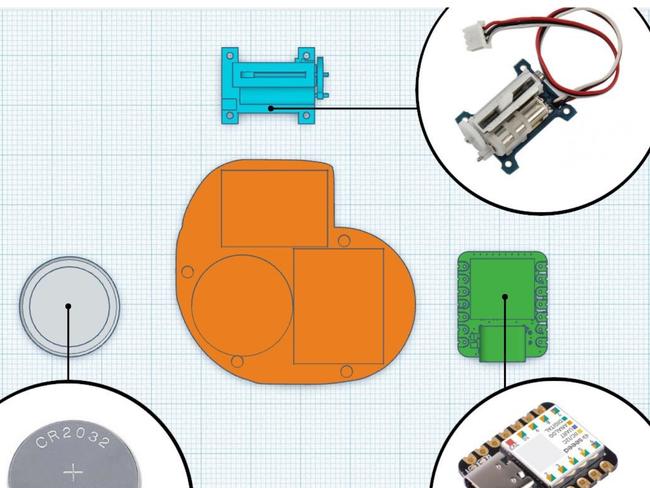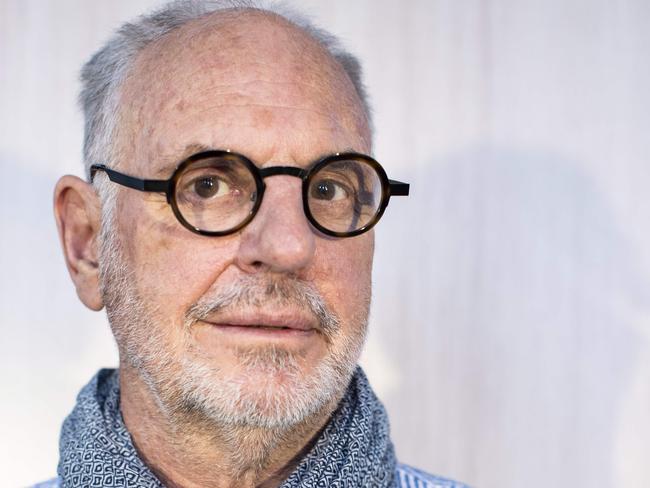Philip Nitschke suggests three new controversial ways for Aussies to die
Philip Nitschke’s new, controversial ideas for those who wish to end their lives, including a ticking-time bomb device have been attacked as an assault upon medicine’s ‘duty of care’.

Euthanasia campaigner Philip Nitschke is pushing to bring three controversial new death devices to Australia, including a ticking-time bomb implant which turns lethal when a dementia patient decides to clock off.
Right to Life campaigners have described the innovation as “a chilling inversion of medicine’s duty to care” but the Australian physician said the only barrier he sees is our assisted suicide laws.

Voluntary assisted dying (VAD) is permitted in Australia but a strict process must be followed if the person with a terminal illness, disease or medical condition chooses to end their life prematurely.
The small implantable ‘death switch’, which is 3cm high, 2cm wide and 0.3mm thick, is independently controlled by the user.
The device starts beeping once it nears its expiry, or kill date. If a patient does not resist the timer, it releases the lethal drug into the person’s bloodstream.


Dr Nitschke, 77, who lives in the Netherlands and is the founder of Exit International, a non-profit organisation advocating for voluntary euthanasia and assisted suicide, made headlines in September for his so-called Sarco pod – a separate device, which releases nitrogen gas into a confined space, killing the occupant within minutes.


Several people were arrested by Swiss Authorities over the death of a 64-year-old woman in the pod, which the country’s health minister declared unlawful.
One of those arrested, German doctor Florian Willet, took his own life last month after suffering a mental breakdown.
Dr Nitschke is nonetheless pressing on with a third euthanasia option – a Sarco pod for couples wanting to end their life simultaneously.
The cost of turning the original single Sarco pod into a dual pod is expected to be about €80,000 ($A140,000). It could be completed by October.
“Making it (the pod) available in Australia is one thing, but being able to lawfully use it is another thing under Australian law,” he said.
“We are increasingly seeing couples wanting to die together”.
He said it is in the design phase and he was still working out whether there would be one or two switches inside the pod that release the nitrogen gas.
Right to Life UK spokeswoman Catherine Robinson described the dual suicide pod as “an encouragement to despair for people who are suffering”.
“Nitschke should be directing his creative energy into assisting people to live, not to end their lives by suicide,” she said.
Ms Robinson is also irate at Dr Nitschke’s plans for the implantable device for people with early-onset dementia.
“Philip Nitschke’s so-called ‘death switch’ implant for people with dementia is as dystopian as it is unethical,” she said.
“Putting a lethal device inside the body, primed to activate when cognitive decline prevents its daily deactivation, is a chilling inversion of medicine’s duty to care”.

Dr Nitschke will soon test the implant on himself using a non-lethal substance.
He hopes it will be available for use in the next year or so.
“We’re in a situation now where we are doing the development of an implantable device which we can do the testing on,” Dr Nitschke said.
“What I would think of now is doing one that’s not loaded with lethal drugs but loaded with saline and testing it on myself”.
He said the cost to manufacture the prototype and test it will be about €100,000 ($A175,000).
Dr Nitschke said legislation in Australia was the only barrier to the death pods’ rollout.
“Getting it used under Australian law will present some problems,” he said.
“We would have to find an Australian doctor who is enthusiastic enough to put themselves on the line and that might be a hard ask”.
More Coverage
Originally published as Philip Nitschke suggests three new controversial ways for Aussies to die



